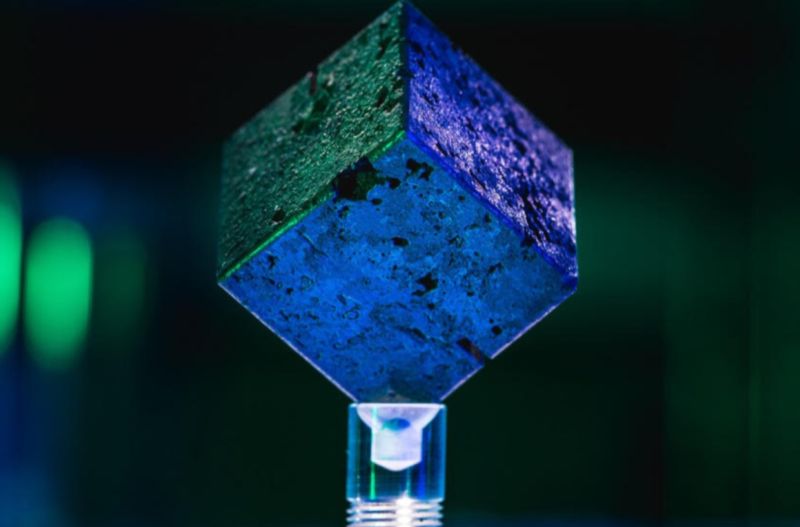New evidence shows this uranium cube is likely relic of Nazi A-bomb program

Enlarge / This is likely one of 664 uranium cubes from the failed nuclear reactor that German scientists tried to build in Haigerloch during World War II. (credit: John T. Consoli/University of Maryland)
For decades, the Pacific Northwest National Laboratory (PNNL) has been home to an unusual artifact from World War II: a small cube of solid uranium metal, measuring about two inches on each side and weighing just under 2.5 kilograms. Lab lore holds that the cube was confiscated from Nazi Germany's failed nuclear reactor experiments in the 1940s, but that has never been experimentally verified.
PNNL scientists are developing new nuclear forensic techniques that should help them confirm the the pedigree of this cube—and others like it—once and for all. Those methods could also eventually be used to track illicit trafficking of nuclear material. PNNL's Jon Schwantes and graduate student Brittany Robertson presented some of their initial findings this week at the fall meeting of the American Chemical Society (a hybrid virtual/in-person event).
University of Maryland physicist Timothy Koeth is among the outsider collaborators in this ongoing research. He has spent over seven years tracking down these rare artifacts of Nazi Germany's nuclear research program, after receiving one as a gift. As of 2019, he and a UMD colleague, Miriam Herbert, had tracked down 10 cubes in the US: one at the Smithsonian, another at Harvard University, a handful in private collections—and of course, the PNNL cube.
Read 11 remaining paragraphs | Comments
source https://arstechnica.com/?p=1789953